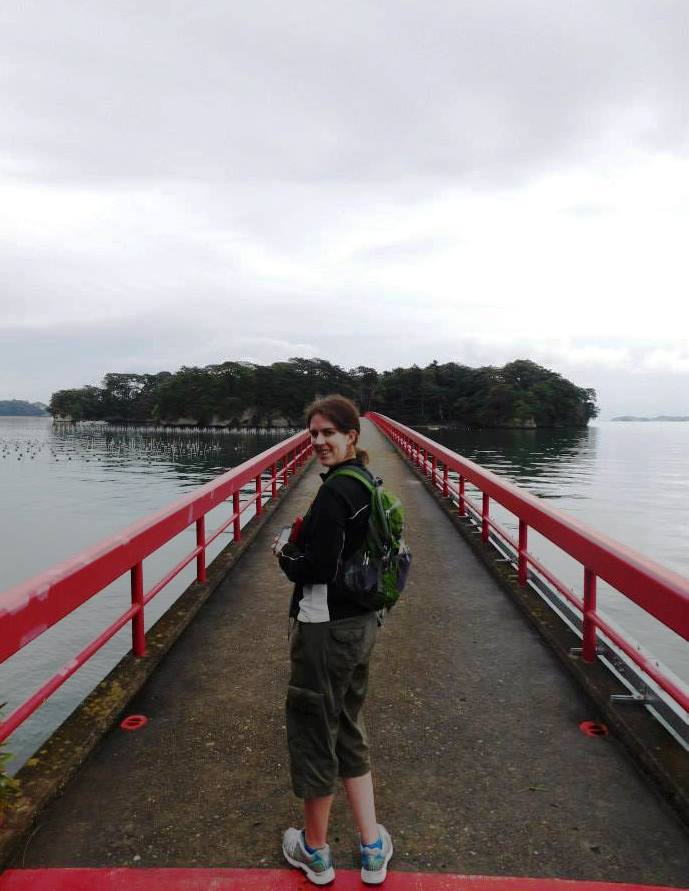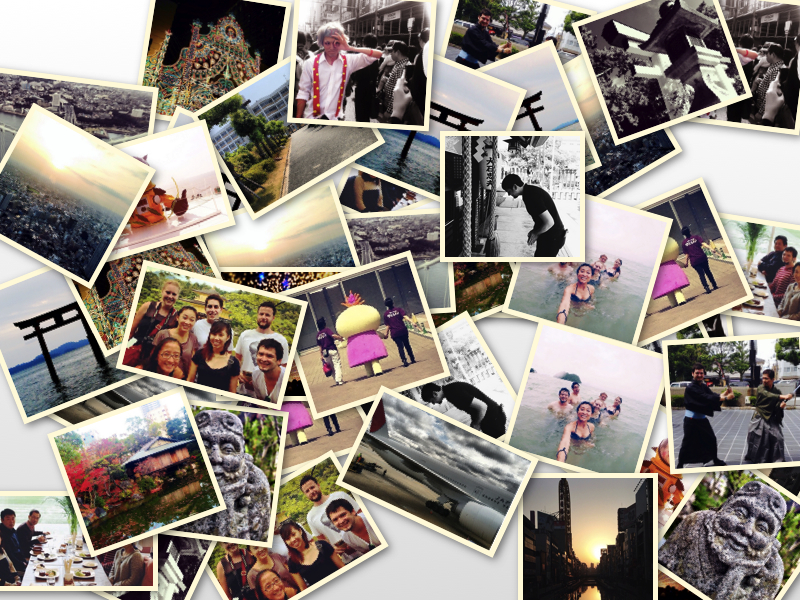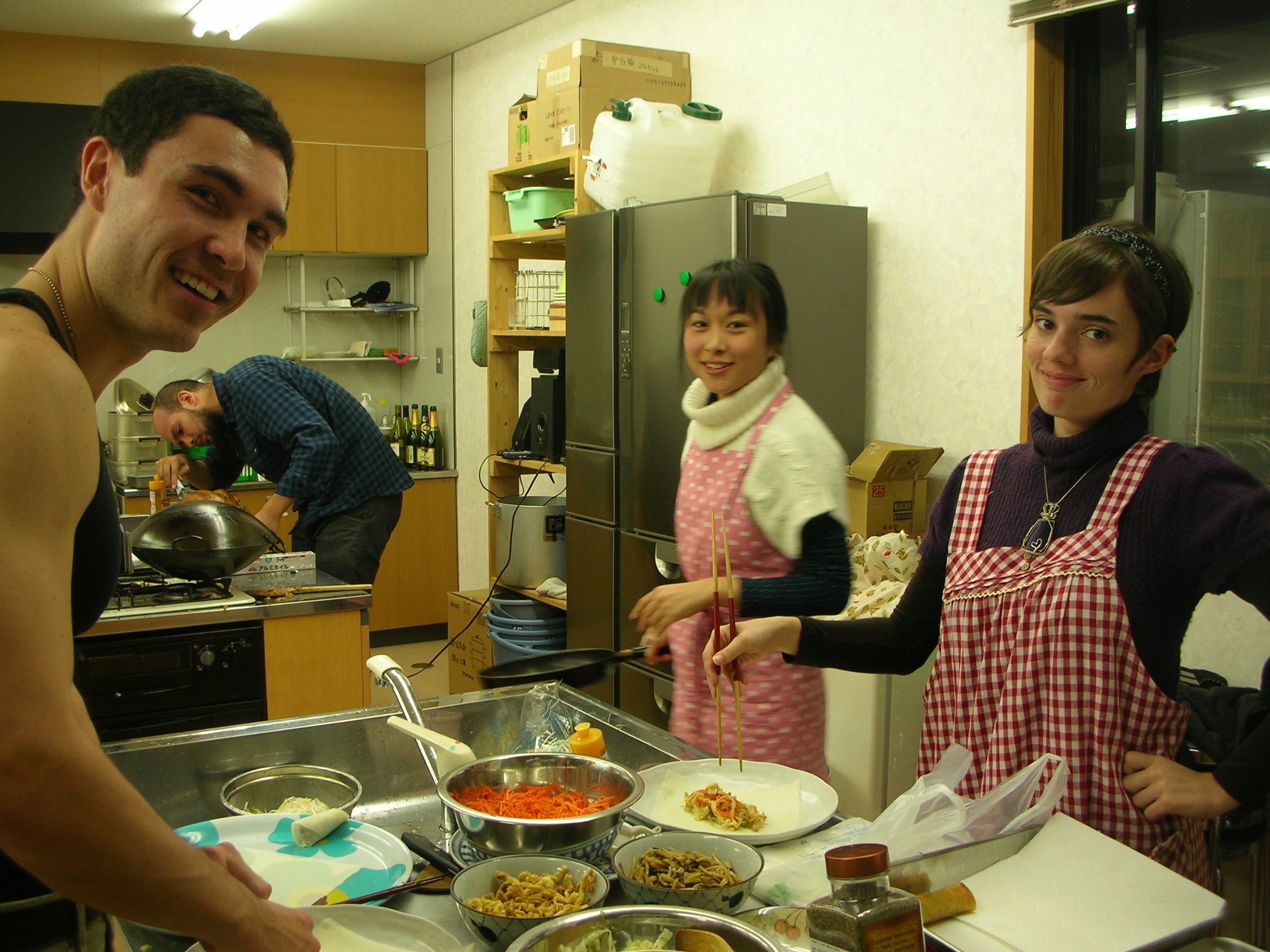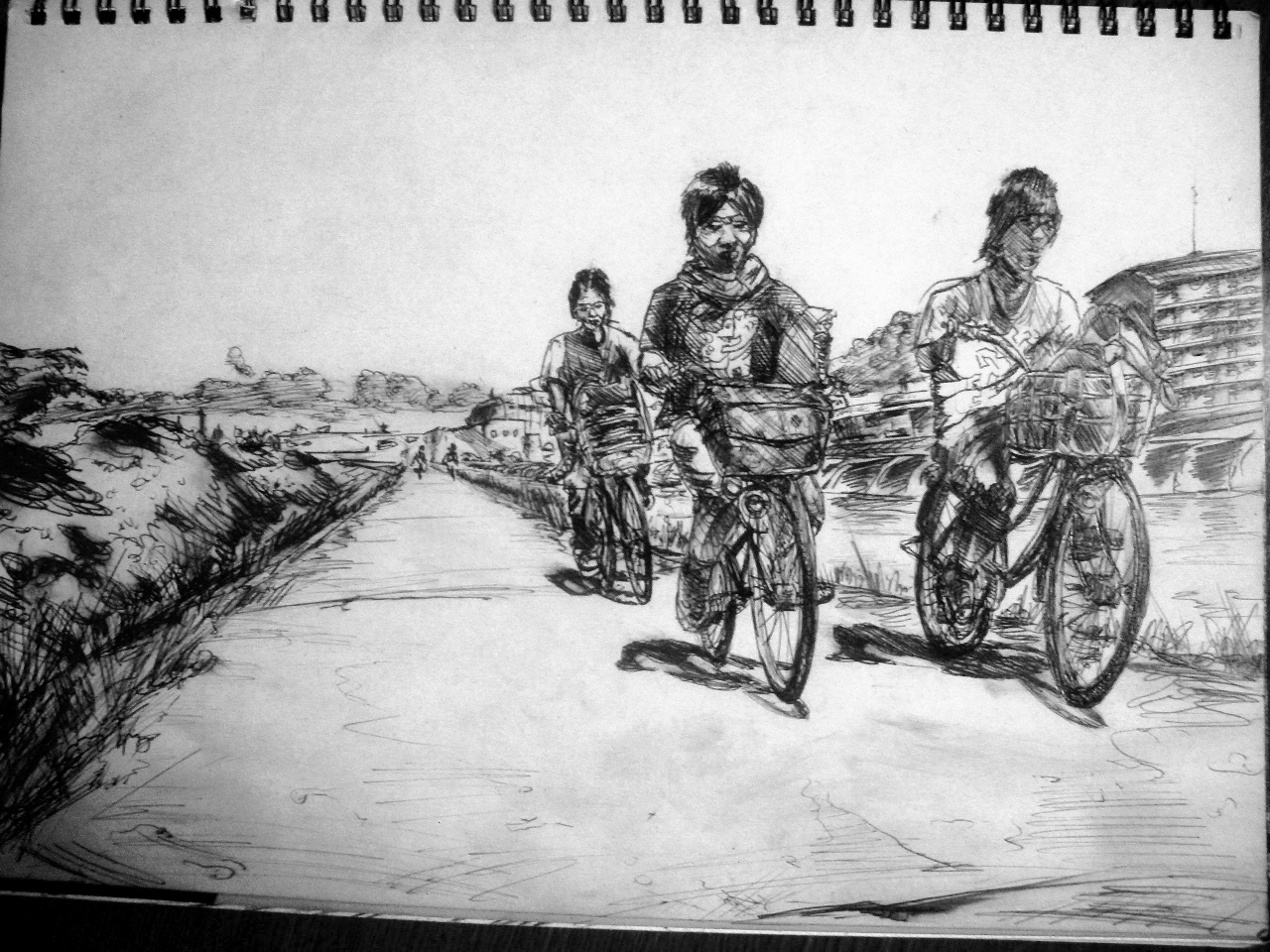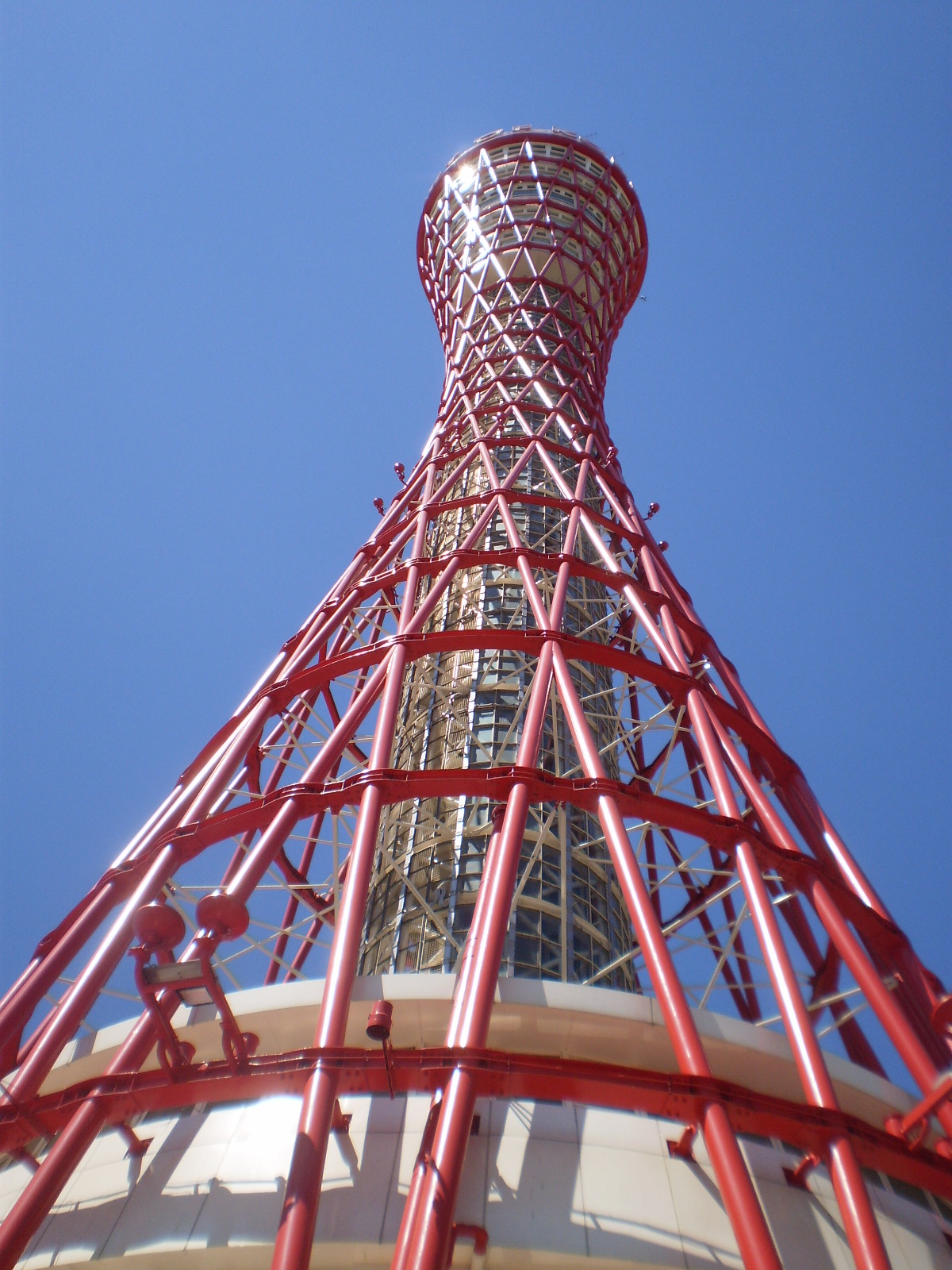On Guiding Visitors
An Instructional Guide on Dragging People Around Japan
It may not happen for everyone, but eventually you may receive long-distance visitors. In as many months, I had two friends from America make the long trek to the land of the rising sun. Naturally, I was expected to serve as guide, translator, and planner for bringing their dreams into reality. Having done this twice now, here are some of my experiences and tips on how to bring your trip into fruition.
How to Plan
First off, your traveling companion needs to actually get here. There’s not much to do for those of us on the Japan side, but suggesting they avoid peak travel seasons, like Golden Week, can’t hurt. After their tickets are purchased, you can start getting into the nitty gritty aspects.
Insist they make a list of their top things to see. At a couple points, my friends said we could do whatever I thought was best. While this worked out highly in our favor during our trip to Matsushima, JETs have so many more opportunities to see whatever we want. Your friend may only visit once or twice.
After their list is made, you can break things down into region and start deciding which cities to visit and in which order. With this, you can start making a skeleton. I’ve found using a Google doc is extremely helpful, especially since your companion probably lives in a wildly different time zone. You can also use it to keep track of any hotel/hostel reservations you make. Having a well-fleshed out plan will also help you avoid the dreaded indecision that often visits when you have time to kill. At the same time, don’t be afraid to deviate or completely disregard your plans for the day if something more interesting comes up.
Food can play a huge part in making a vacation great rather than merely good. If you end up in one of the cities you know well, definitely suggest where to eat. Also keep in mind any food issues your companion may have. As delicious as sushi is, some may hate the mere mention of seafood. It will be a disappointing venture if they hate or refuse to eat what you proffer.
Getting Around
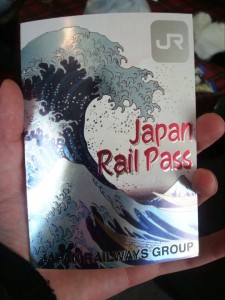
Should your itinerary have you ride the shinkansen more than twice, it would be worthwhile for your companion to purchase a 7-day JR Pass. JETs will have to weep for their wallets, though, as they are only available to tourists. Keep in mind that the only shinkansen line you can ride from Shin-Kobe to Tokyo with the pass only comes through once every hour. I was furious to find this out, my hour of 年休 now pointless. If you’re on a tight schedule, it’s good to buy/acquire your tickets ahead of time. For reasons I could not fathom, a great number of people were in line for the ticket counter. It seemed to me that many could have easily purchased theirs from the ticket machines. If I can do it in Japanese, other people can certainly figure it out. Grumble grumble grumble.
 If your companions are young and/or don’t mind night buses, they are a very frugal way to see the country. You save time, by traveling while sleeping, and money, by not needing to pay for another night at a hotel. Do keep in mind that if you’re unable to sleep on them (like me), you may find yourself unable to keep up with the demands of your schedule. Use at your own risk.
If your companions are young and/or don’t mind night buses, they are a very frugal way to see the country. You save time, by traveling while sleeping, and money, by not needing to pay for another night at a hotel. Do keep in mind that if you’re unable to sleep on them (like me), you may find yourself unable to keep up with the demands of your schedule. Use at your own risk.
Though they cost 500円, IC cards are extremely convenient for getting around cities. Our very own ICOCA seems to have one of the widest ranges of usability, so if your companion is not arriving in Kansai, you could consider buying one for them ahead of time. My second visitor got a PASMO in Tokyo, and was unable to use it in Hiroshima. This, together with the lack of Ike, made him sorely regret not getting ICOCA.
Where to Stay
For younger visitors (or those young at heart), hostels or capsule hotels are inexpensive. Capsule hotels have the added benefit of being one of those weird things most people are interested in trying. If your entire travel group is female and staying in a hostel, female-only dorms have a lower likelihood of being filled with snoring, generally leading to a better night’s rest.
Those older or less comfortable with hostels would probably find business hotels like Toyoko Inn acceptable. They are significantly cheaper than hotels of the other varieties. If you stay in the same chain, all of their rooms tend to be of the same layout, making it seem more familiar and therefore more comfortable.
Ultimately, you should book rooms as soon as you’ve decided on your plan of attack. It is particularly imperative if you will be in a popular tourist destination, such as Tokyo or Kyoto, on a weekend. Internet cafes are always an option, but dragging around your companion in addition to their baggage all day will lead to a less than stellar day.

Happy travels.
Brittany Teodorski
